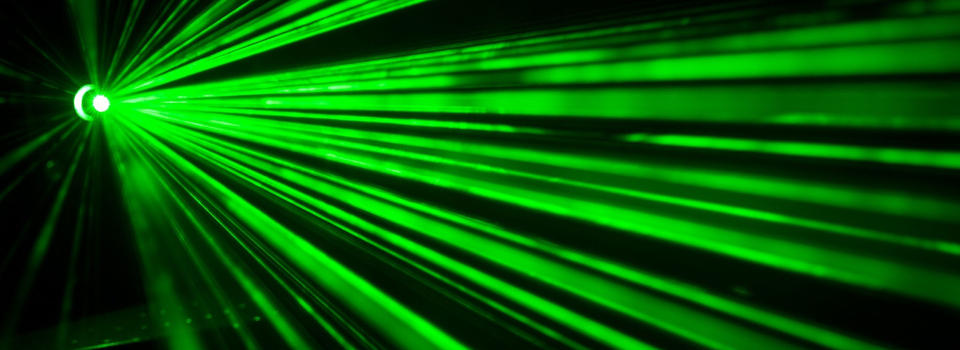
This week kicks off National Entrepreneurship Week across the country. This event was congressionally chartered in 2006 with a mission to highlight acts of entrepreneurship happening around the United States. Becoming an entrepreneur is an endeavor not without risks. It takes a courageous individual, or group of individuals, to have an idea that could be relevant to the consumer and then decide to blaze their own trail into the commercial market. This is a fundamental American value, the ability to pull oneself up by the bootstrings. Through an environment of entrepreneurship, people work tirelessly to discover new innovations and rapidly bring them to market. This can help drive the economy with cutting-edge ideas and products.
There are scientists and engineers within the six laboratories, right now at the National Institute of Standards and Technology, who are on the precipice of designing innovative technologies from their research. NIST's very own Rich Mirin was one of a few scientists who worked on the creation of the "ultra-low-noise monolithic mode-locked solid-state laser."
Light amplification by stimulated emission of radiation, or lasers, were the focus of their research. A laser is a machine that makes an amplified, single color source of light. It uses special gases or crystals to make the light with only a single color. By energizing the gasses, a laser can emit and amplify light. Then comes the optical cavity, or lasing material (solid state, gas, dye and semiconductor), which is required to provide the desired amplification of a laser. Solid state lasers employ a lasing material distributed in a solid matrix. Gas lasers use a gas or a mixture of gases within a tube. Dye lasers use a laser medium that is usually a complex organic dye in liquid solution or suspension. Semiconductor lasers consist of two layers of semiconductor material sandwiched together.
This new design of laser will bring to the table a smaller overall size, low power consumption and optimum precision measurements. The best lasers in terms of noise performance still consist of complex, bulky optical setups, which limits their range of applications. However, this laser's performance even can be achieved in rough environments and rivals even the best in terms of amplitude and phase noise. Also, the simple single piece design of the cavity eliminates the need for tuning and provides a foundation for a portable ultra-low-noise mode-locked laser.
Rich Mirin, in the spirit of entrepreneurship, designed and subsequently commercialized a part of the laser, the semiconductor saturable absorber mirror (SESAM). The SESAM initiates and maintains mode locking and enables very short pulses within the laser. A company, Stable Laser Systems, took an interest in this technology and a cooperative research and development agreement was formed between Stable Laser Systems and NIST.






